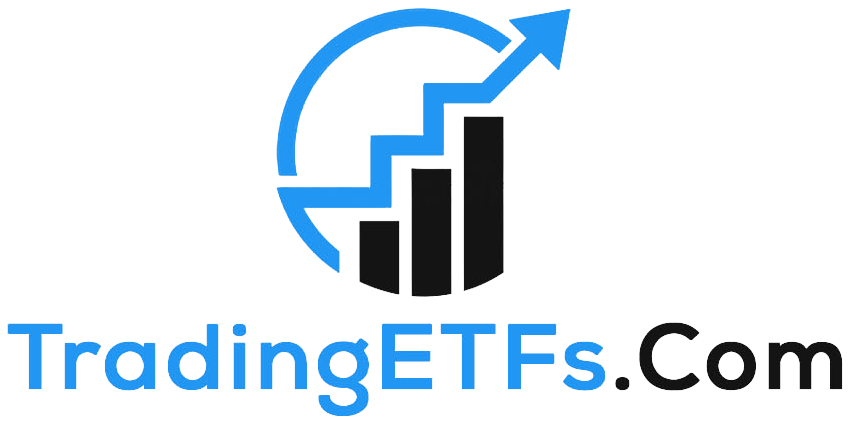ASX Clear, the independent clearing and settlement house that sits inside ASX, says bitcoin’s volatility means a margin of 42 per cent must be lodged against each trade.
This upfront cost is so large that only three out of 35 market clearing participants have agreed to put up the collateral and trade bitcoin ETFs. ASX Clear needs at least four participants to get on board before it can give the green light to an outbreak of cryptocurrency fever.
Cosmos tried an innovative strategy to get ahead of its rivals by convincing Liberal Senator Andrew Bragg to write to ASX’s chair, Damian Roche, and departing chief executive Dominic Stevens to complain about an apparently uneven playing field for similar crypto products.
Bragg’s letter, which was written on behalf of a constituent who happened to be Martin Rogers, a director of Cosmos, said he was concerned by “markedly different margins and other clearing requirements imposed by ASX Clear on products which on their face are very similar”.
Bragg highlighted the fact that the margin for trading the BetaShares Crypto Innovators ETF, which invests in 34 different companies servicing the crypto industry, is less than 15 per cent and not the 42 per cent for a pure crypto exposure.
Cosmos argues that it too deserves to have the standard ASX clearing requirements because its proposed Cosmos Bitcoin ETF would invest solely in another ETF, the $C1.4 billion ($1.5 billion) Purpose Bitcoin ETF listed on the Toronto Stock Exchange in Canada.
But Hamish Treleaven, ASX’s chief risk officer, rejected Bragg’s suggestion there was some sort of anti-competitive behaviour by ASX Clear.
In a three-page response to Bragg’s letter, Treleaven said the proposed Cosmos ETF was economically 100 per cent exposed to cryptocurrencies because the Purpose Bitcoin ETF had a fixed 100 per cent allocation to bitcoin.
In essence, ASX Clear is applying a “look-through” assessment of the Cosmos ETF and treating it like an ETF with direct exposure to bitcoin.
The Cosmos argument that the Propose Bitcoin ETF has all the regulatory and counterparty risk protections imposed by the Canadian regulatory authorities and therefore qualifies as a security similar to those in the BetaShares crypto ETF, did not stack up with ASX Clear.
“In all of our decision-making on this we have remained focused on appropriate risk management for the clearing house – that’s our regulatory obligation,” Treleaven tells Chanticleer.
“And no one has come to us and said that our margin or stress test requirements are too conservative.”
Vic Jokovic, the chief executive of Cboe Australia, says it is important ASX Clear have “transparently consistent treatment for the underlying assets of all investment products traded on Cboe and ASX, including those linked to crypto-assets”.
“We work well with ASX Clear and expect that treatment, including on volatility, look-through principles, or the importance of fully regulated offshore listing markets, to be applied on a transparently consistent basis to all innovative crypto-linked products going forward,” Jokovic says.
In overseas markets, managers of bitcoin ETFs have got around the heavy demands of regulators concerned about the dangers in directly owning bitcoin by investing in bitcoin futures.

